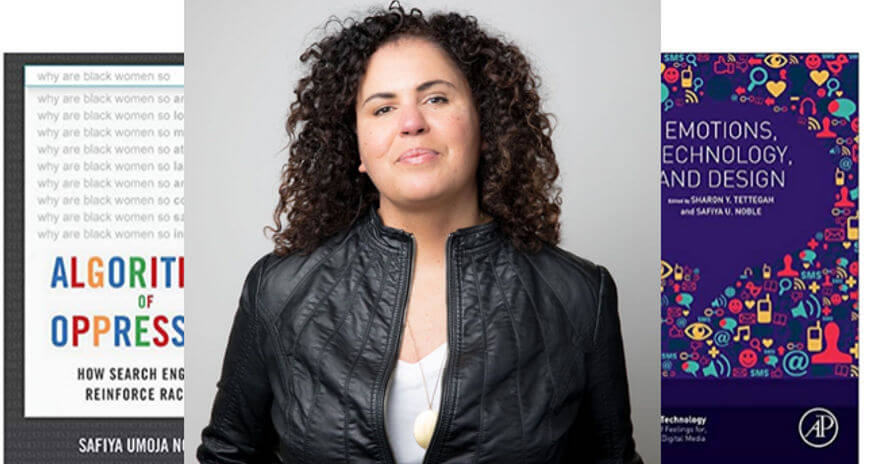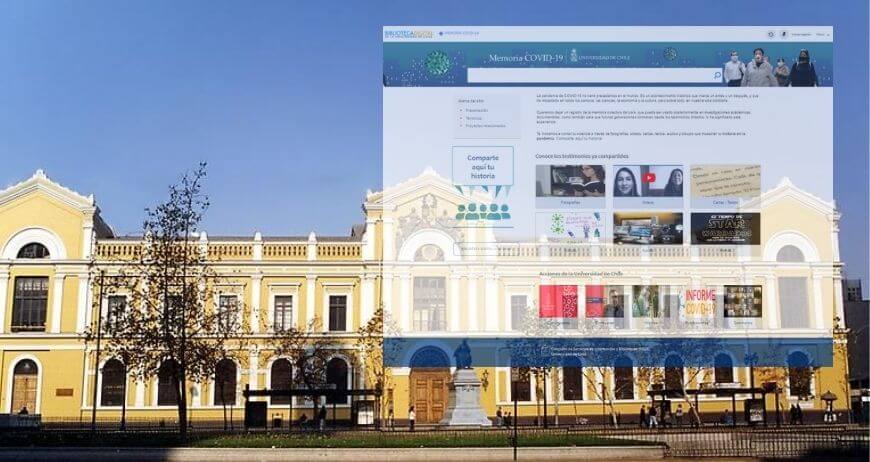Dani Guzman, Ex Libris
November was the month of the annual Charleston Conference, three days of thought-provoking presentations on the present and future of the library arts. Of course, Ex Libris was there – and we will shortly be sharing what we see as the key takeaways. Another important year-end event is the release of the Library Journal magazine’s Year in Architecture review, noting the trends and hard data on library design. One unusual library building we read about this month is housed in a former nuclear bunker – but it’s for a very good reason. Moving from the physical space to the intellectual one, the Buzz also looks at two large-scale societal issues – information literacy and sustainability – and how they impact the modern library. Last, but not least, a surprise that reveals the librarian’s inner jokester.
Big Data and Small Steps at the Charleston Conference 2016
This year’s Charleston Conference, held at the Francis Marion Hotel in Charleston, South Carolina, touched on library assessment, resource preservation, big data, open access, and more. Read here about how the Library Journal’s Meredith Schwartz saw the conference, which she summarized as “a big tent” event. Then, listen to the Ex Libris perspective on the Charleston Conference with the Trends and Takeaways webcast. Signup for the on-demand webinar here >>>
Year in Architecture 2016: Open for Business
Library Journal released its Year in Architecture review of library construction projects completed in 2016, noting especially that architects have been focusing on creating a variety of open spaces. The magazine provides a quick overview of the report, as well as in-depth data for academic and public libraries, as well as a list of the architects whose work was reviewed this year. Get all the information here >>>
One of the most interesting library buildings is undoubtedly the National Audiovisual Conservation Center, part of the Library of Congress, which is housed in a former nuclear bunker. The thick walls and impenetrable cells, initially intended to preserve America’s gold and leaders for a post-apocalypse future, are now dedicated to preserving Apocalypse Now and tens of thousands of other films from oblivion. Preservation, says the curator of the library’s oldest films, “is to make sure that we remember.” Watch a short clip on the center here >>>
Information Literacy Lessons Crucial in a Post-Truth World
In a blog post on Knowledge Quest, the website of the Journal of the American Association of School Librarians, Sara Stevenson highlights the importance of critically examining websites and information peddled unchecked on the internet. She notes the role librarians must play, drawing on their unique experience actively promoting information literacy, as “the gatekeepers and guides of information.” Read more here >>>
Calling All Change Agents: Let’s build a sustainability movement
Touching on another great issue of our day, a Library Journal editorial calls for collaboration within and among libraries for the sake of environmental sustainability. Editorial Director Rebecca T. Miller asks what can be done now, offers a resource to get some answers, and calls upon us all to “build paths to that future.” Find out what you can do here >>>
15 Images That Prove Librarians Are the Cleverest People Ever
Finally, alongside all that cutting edge thought leadership and technology talk, we all know that librarians can be a bit silly – but they do it with a knowing smile. Check out the pics here >>>









